- Home
- Articles
- Architectural Portfolio
- Architectral Presentation
- Inspirational Stories
- Architecture News
- Visualization
- BIM Industry
- Facade Design
- Parametric Design
- Career
- Landscape Architecture
- Construction
- Artificial Intelligence
- Sketching
- Design Softwares
- Diagrams
- Writing
- Architectural Tips
- Sustainability
- Courses
- Concept
- Technology
- History & Heritage
- Future of Architecture
- Guides & How-To
- Art & Culture
- Projects
- Interior Design
- Competitions
- Jobs
- Store
- Tools
- More
- Home
- Articles
- Architectural Portfolio
- Architectral Presentation
- Inspirational Stories
- Architecture News
- Visualization
- BIM Industry
- Facade Design
- Parametric Design
- Career
- Landscape Architecture
- Construction
- Artificial Intelligence
- Sketching
- Design Softwares
- Diagrams
- Writing
- Architectural Tips
- Sustainability
- Courses
- Concept
- Technology
- History & Heritage
- Future of Architecture
- Guides & How-To
- Art & Culture
- Projects
- Interior Design
- Competitions
- Jobs
- Store
- Tools
- More
How Staircases Influence the Flow of Interior Design

Staircases are more than just functional elements in a home; they play a critical role in shaping the overall interior design and influencing the flow of a space. Their design, placement, and style can significantly impact how people move through a home and experience its architecture. From acting as focal points to blending seamlessly into the decor, staircases are integral to creating a cohesive and harmonious living space. Here’s how staircases influence the flow of interior design and how you can optimize their presence in your home.
Table of Contents
ToggleStaircases as Anchors in Interior Flow
Staircases act as architectural anchors, guiding the flow of movement between different levels of a home. Their placement determines how easily occupants navigate the space and can even dictate the layout of surrounding rooms. A well-designed staircase can enhance a home’s functionality, seamlessly connecting spaces while contributing to the overall aesthetic. Whether it’s a grand, sweeping staircase in a foyer or a minimalist floating design in a contemporary home, staircases draw the eye and serve as visual cues for movement. If you’re planning to renovate or build, you can easily enhance this effect when you find stair parts online to match your style and functional needs. This way, you will ensure that the staircase complements the home’s design language.

Focal Points That Command Attention
Staircases often serve as key focal points in a home, drawing attention and creating a sense of grandeur or intimacy depending on their design. A spiral staircase can add an element of drama and sophistication, while a straight staircase can evoke clean, modern simplicity. Materials such as wood, metal, or glass allow homeowners to further emphasize the staircase’s role in the design. For example, a staircase with a striking railing or bold color can become a statement piece that anchors the design of an entire room. By carefully choosing the style and materials, staircases can enhance the visual interest of the home and make a lasting impression.
Enhancing Natural Light and Openness
The design of a staircase can also influence how light travels through a home, creating a sense of openness or enclosure. Open-riser staircases, for instance, allow natural light to flow between levels, making a space feel brighter and more connected. In contrast, closed staircases can create a more private and intimate atmosphere by separating spaces. The choice of materials also plays a role in light distribution—glass railings, for example, allow light to pass through unobstructed, while wooden balustrades create a more traditional, solid look. A staircase that enhances natural light contributes to the home’s overall ambiance and supports a fluid, welcoming environment.
Bridging Design Styles Between Levels
Staircases serve as a transition between floors, and their design can bridge the styles of different spaces, creating harmony throughout the home. For example, if the ground floor has a modern, minimalist aesthetic and the upper floor features a cozier, traditional style, the staircase can act as a visual mediator. By incorporating elements from both design languages—such as combining sleek metal with warm wood tones—the staircase becomes a unifying element. This intentional blending of styles ensures that the transition between floors feels seamless, enhancing the overall flow of the interior design.

Maximizing Functional Space
Staircases can also influence interior design by maximizing functional space. Innovative designs incorporate storage or seating areas beneath the stairs, making use of what would otherwise be wasted space. For small homes or apartments, this dual-purpose approach can be transformative, allowing for added functionality without compromising aesthetics. Built-in bookshelves, cabinets, or even small workspaces under a staircase can turn an overlooked area into a key part of the home’s design. These thoughtful additions enhance both the flow and usability of the space, ensuring that every square foot serves a purpose.
Reflecting Personality and Lifestyle
Finally, staircases are an opportunity to showcase personal style and align with a homeowner’s lifestyle. A family with young children may prioritize safety and durability in their staircase design, choosing sturdy railings and non-slip materials. On the other hand, a design-conscious homeowner might opt for a bold, sculptural staircase that acts as an art piece in the home. Staircases can be customized with details like hand-carved balusters, vibrant colors, or unique shapes to reflect individuality. This personal touch not only enhances the design but also ensures the staircase aligns with how the space is used and experienced daily.
Staircases play a pivotal role in shaping the flow and feel of interior design. They act as anchors that guide movement, create visual focal points, and contribute to the overall harmony of a home. From enhancing natural light to maximizing functional space, staircases are much more than structural necessities—they are integral design elements that influence how we experience our living spaces. By carefully considering their placement, style, and materials, you can create a staircase that not only serves its purpose but also elevates the beauty and functionality of your home.
illustrarch is your daily dose of architecture. Leading community designed for all lovers of illustration and #drawing.
Submit your architectural projects
Follow these steps for submission your project. Submission FormLatest Posts
Understanding Site Safety Footwear in Architectural Practice
Architecture is often discussed through drawings, models, and finished buildings, yet a...
General Arrangement Drawings in Architecture: The Backbone of Clear Design Communication
General Arrangement Drawings explained: what they are, when to use them, how...
The Ultimate Guide to Fencing in North Dakota: Choosing the Best Fence for Your Property
Watching a chain link fence twist in 70 mph winds near Minot...
Gaudí: Where Architecture Meets Science
Gaudí: Where Architecture Meets Science shows catenary arches, ruled surfaces, and biomimicry...




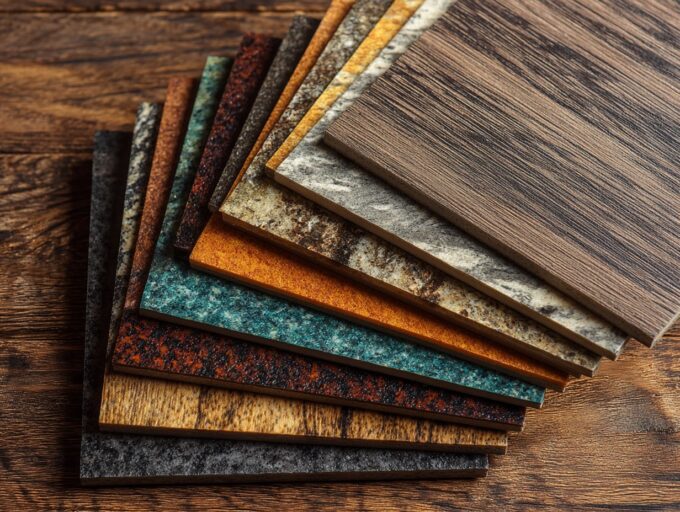

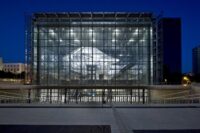

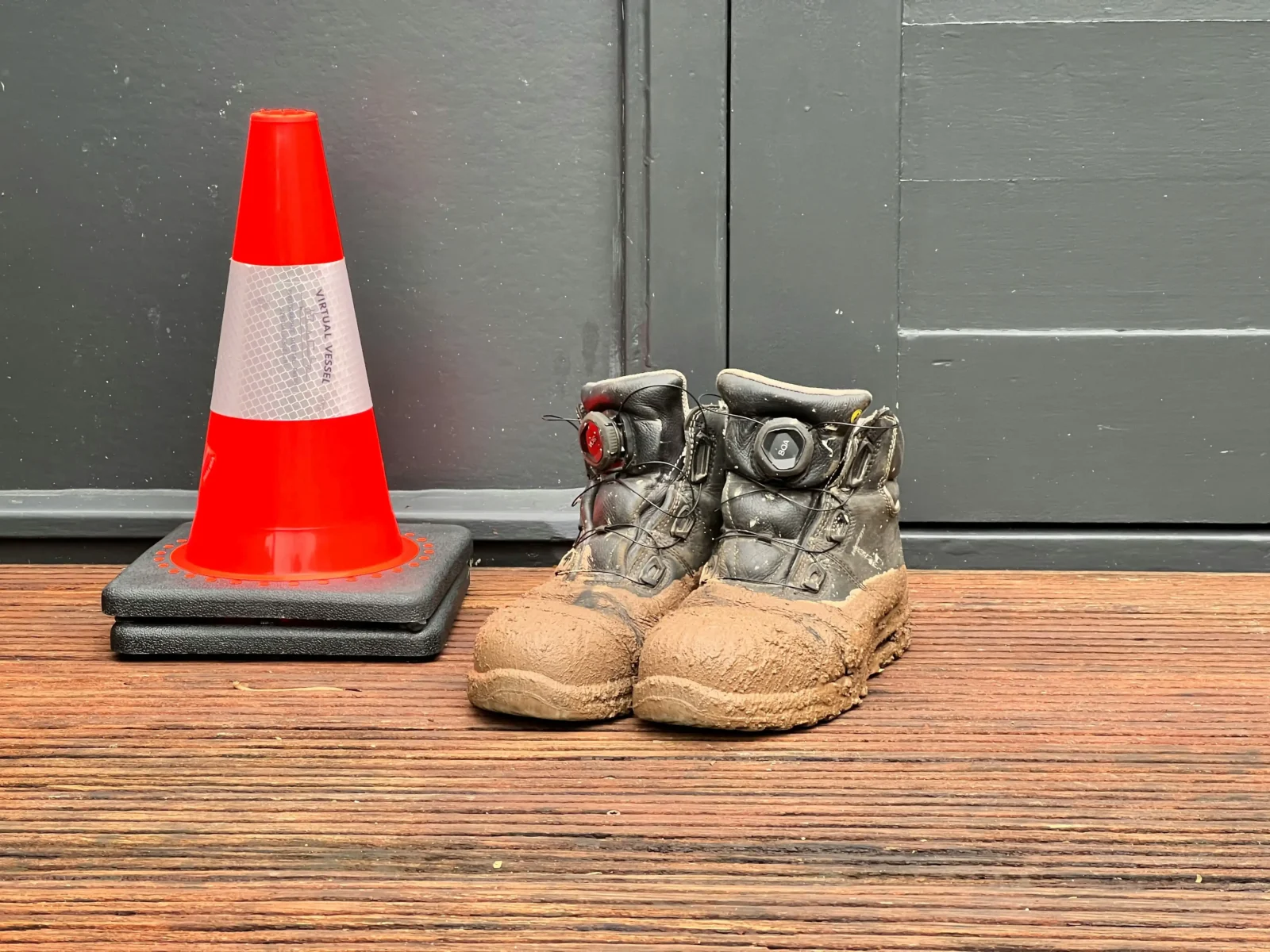
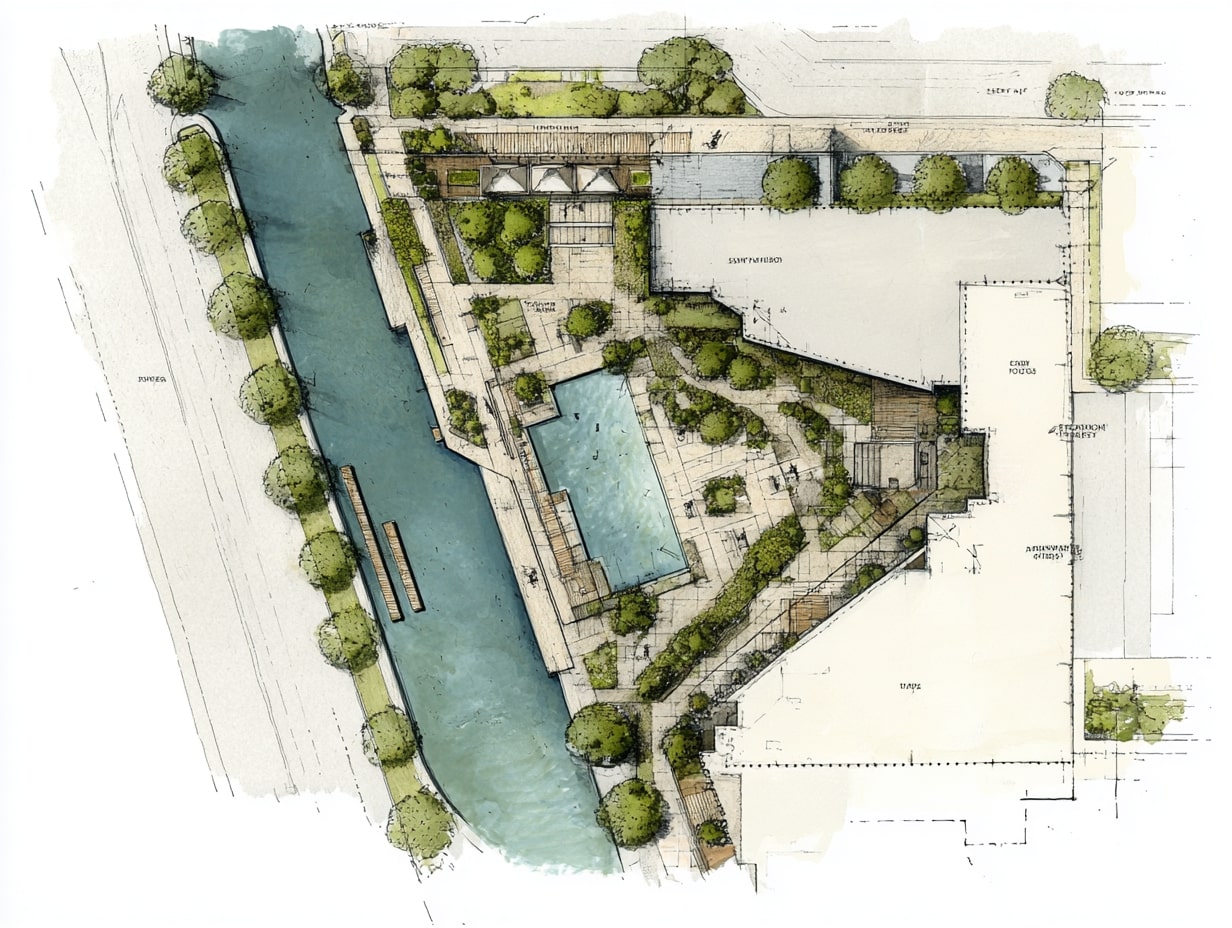
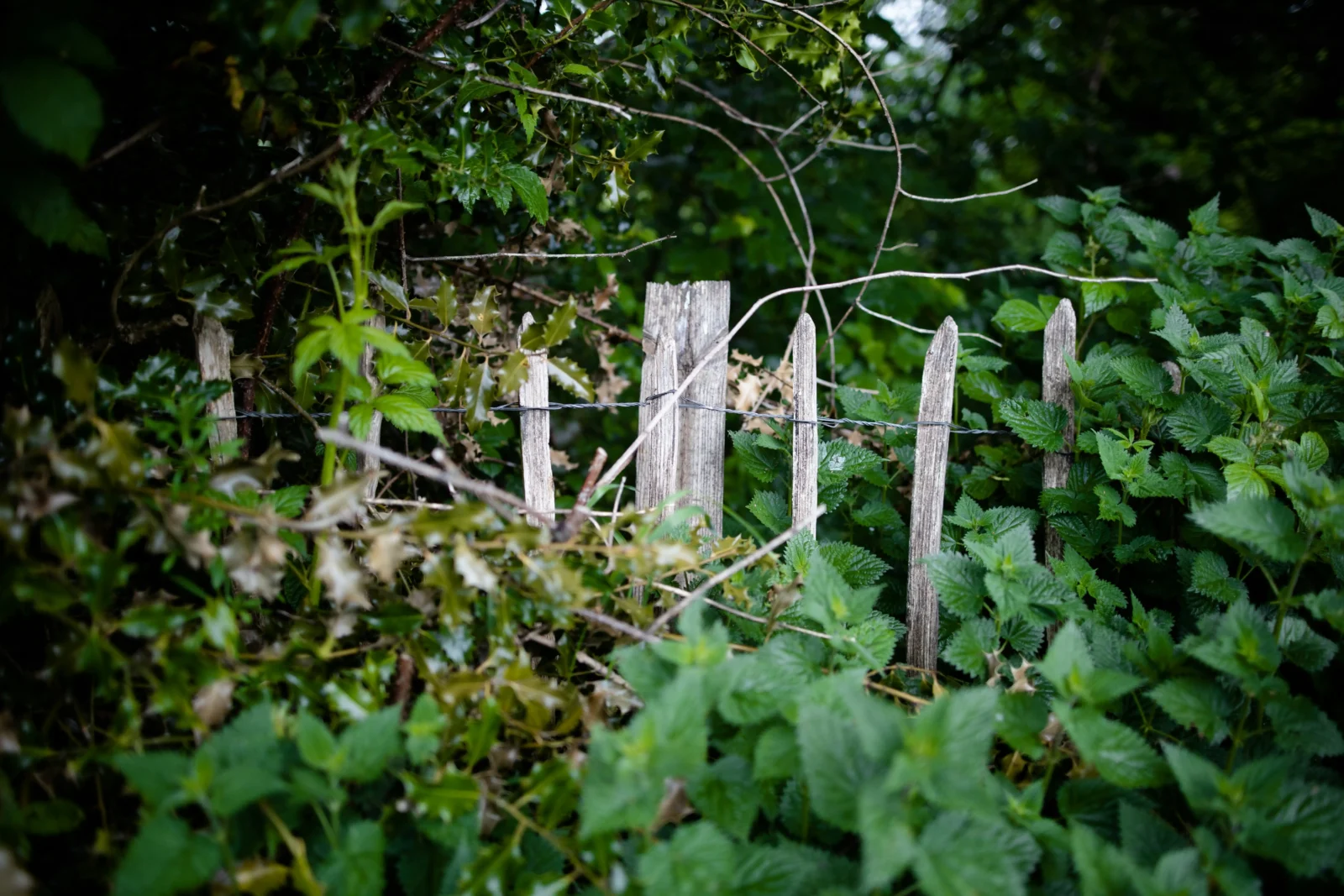
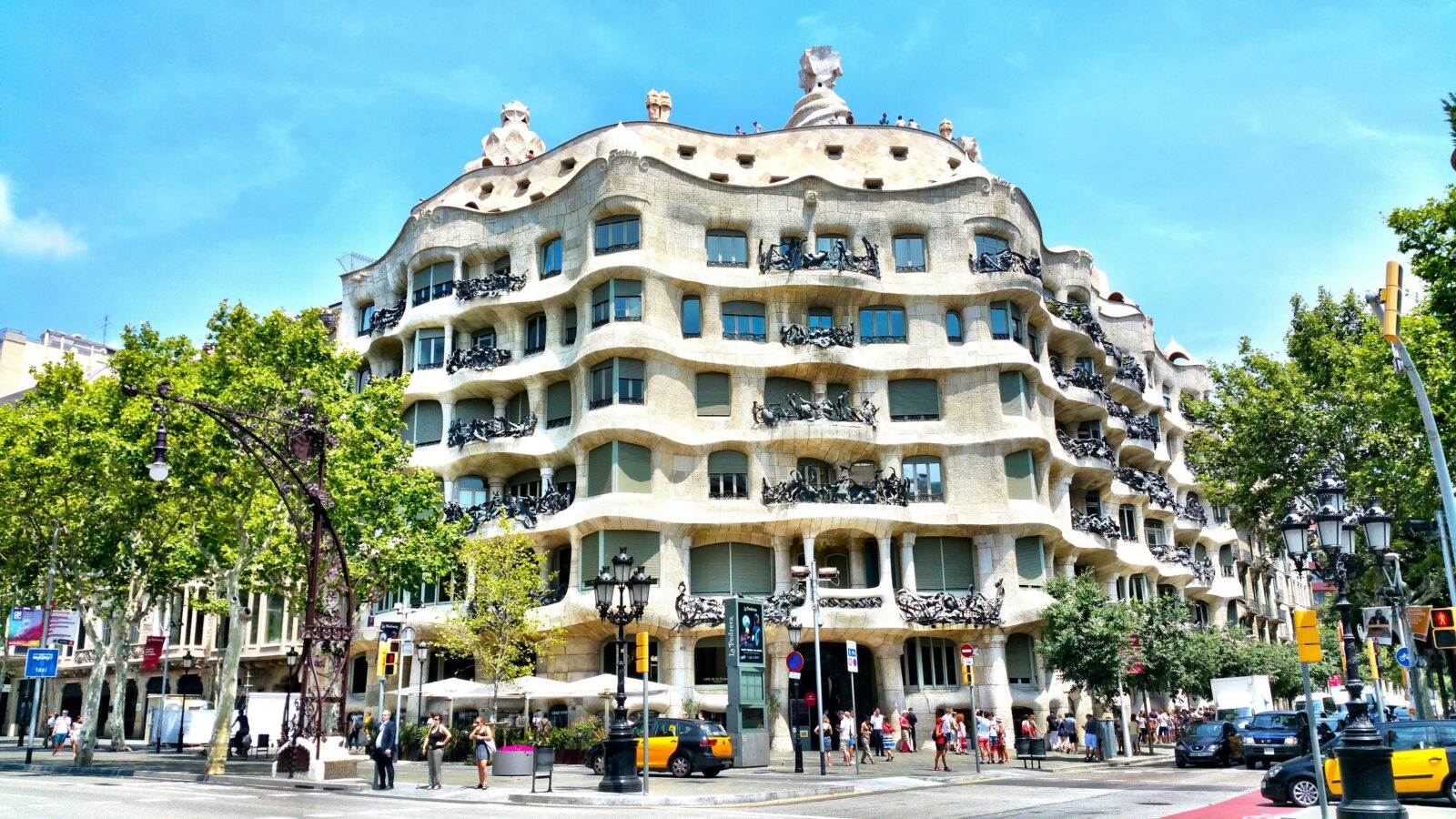
Leave a comment